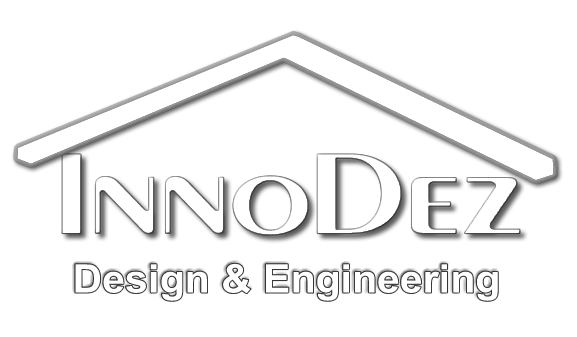MEP (Mechanical, Engineering & Plumbing) engineering is almost every component of the building & construction process. Therefore, it’s important to
A master plan design can be defined as an effective long-term planning document that offers a conceptual design plan to monitor future development and progress. The master plan is about creating links between building structures, social environments, and their surrounding settings. A master plan incorporates analysis, endorsements, proposals, and approvals for a site’s economy, transportation, housing, population, land usage, and public facilities. In this article, we will discuss the roles of master plan design, the process of developing a master plan, and the Physical and Spatial Elements of a Master Plan.
Introduction to Master Plan Design
The master plan is a framework in which development parcels, heights, circulation, streets, relationships of buildings, and massing are defined in sufficient detail to explain predictable conclusions but with enough flexibility to permit various responses of designers and actual developers of which there might be few or many within one master plan region.
What is Master Plan Design?
Master Plan is a part of a guiding plan toolkit and is officially embraced as part of zoning, PUDs, or thorough plans, “small area plans”. Deliberate plan design of private entities or associations is also often termed as the master plan, regardless of whether they do not deal with outdated planning essentials, for instance, buildings. It is grounded on community input, planning initiatives, reviews, existing development, social and economic settings, physical features, and roles of master plan design
The master plan can undertake some or all of the mentioned roles:
- Develop an incremental and implementation agenda and classify priorities for activities.
- Act as a basis for rebuilding and attract the investment of the private sector.
- Shape and Visualize the three-dimensional metropolitan environment.
- Outline public, semiprivate, and private zones and public facilities.
- Involve the local municipal and act as an agreement builder.
Process of Developing a Master Plan Design
Relying on the role of the master plan design, it could have many sections and be established in numerous methods. However, some mutual denominators for a best master plan design are enlightened in this section.
- Feasibility Study
The feasibility study is an exhaustive recitation or an assessment of available choices for development. It specifies whether the selected site is appropriate for the planned task, taking into consideration the economic, social, and ecological features of each proposal. This process constructs the information gathered and analysis established during the scoping stage. Any foundation reports that are considered essential (that is, transport, hydrology, cultural heritage, background, environment, and many more) should also be ordered at this stage to notify the master plan process.
- Strategic Framework
The strategic framework goes along with the master plan design and sets the sight in forming baseline information associated with the economical, physical, and social context of the place and ambiances. This background information should plan the site scene, dimensions, landscape, and prevailing uses. It should accentuate the current zoning guidelines and relevant planning strategies, as well as any predominantly significant opportunities and limitations relevant to the location.
Physical and Spatial Elements of a Master Plan Design
The master plan develops possibilities for land utilization, which are later interpreted into 3-dimensional models to classify the consequential development requirements, as well as values and expenses. The spatial master plan should incorporate features such as massing, orientation, height, transportation systems, densities, open spaces, grids, and blocks. The master plan should likewise cover some or all of the subsequent elements to guarantee an entirely holistic and effective design and use outcome:
- The master plan should demonstrate the integration of background features. Local surrounding geography, water, characteristic setting, and heritage features should be assimilated into the design plan where probable.
- The master plan should indicate the location of several types of usages, densities, lot sizes, and yields.
- Biodiversity and ecological aspects should also be scheduled for at the commencement of rebuilding projects to improve, protect, enhance, and strike an equilibrium between wildlife sustainability and development uses.
- The master plan’s should be founded on the site watercourses, making careful judgments to preserve the bogs and catchment zones.
- The master plan should display the hierarchy of pedestrian, cycle paths, streets, public transport, and cargo routes. It should also plan how connector streets, arterial roads, and local access streets will be intended to cater to various land-uses, transport modes, and trees.
Conclusion
By concluding the article, it is cleared that master plan design is an outline for the future development of any organization and must be straightforwardly tied to the essential business objectives and planning. It will classify economic and other significant aspects such as the development of utility infrastructure, planning, procurement, and sustainability.




About Author
InnoDez